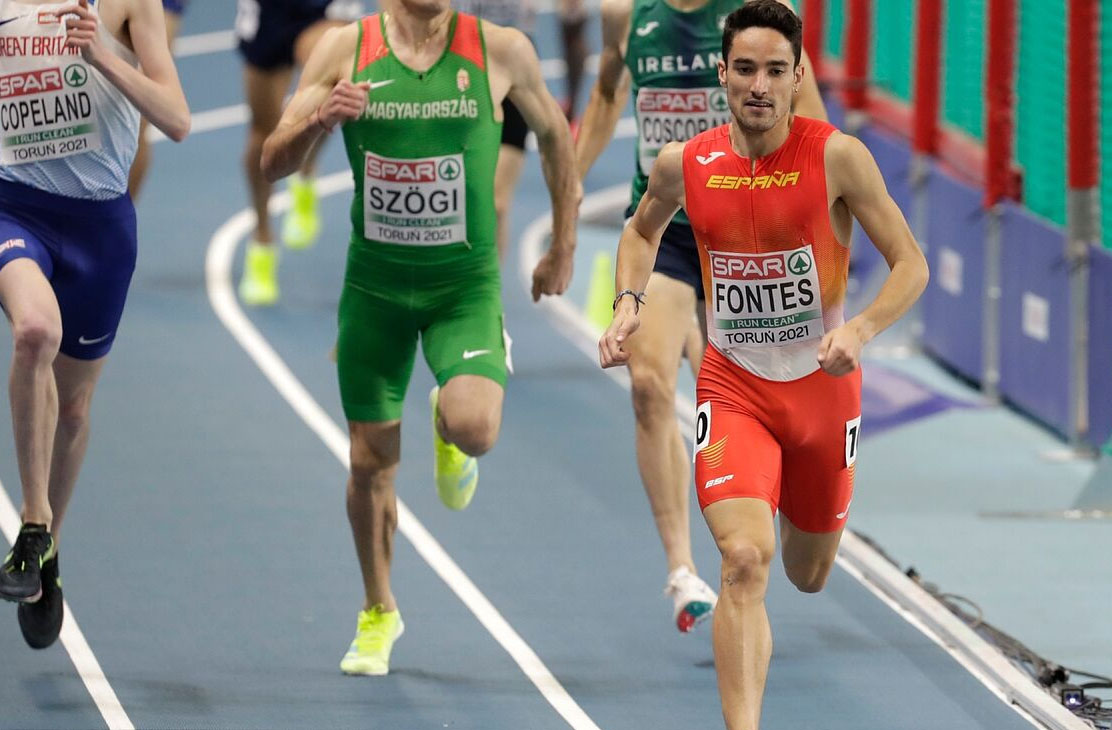The rains are rare in the North of Grande-Terre. Agricultural water supplies are dwindling. The managers of this resource are forced to save it, through recurring cuts. But for farmers at the end of the network, the lack of pressure is synonymous with double trouble.
–
The effects of the drought are being felt in North Grande-Terre. The land there is arid, to the detriment of farmers in particular, who are experiencing yet another hard blow.
Added to this calamity is the lack of pressure, for those who are located at the end of the agricultural water network.
Lack of agricultural water, losses are significant
The operation of Fabrice Ramalingon, farmer in Le Moule, hard to see.
The earth is cracked.
Thirsty, the banana trees bent before the bunches reached maturity; the harvest, unsaleable, is lost.
Ditto, the tomato stems are burnt.
Agricultural water is lacking. And when there is, the pressure is lacking. The pipes only pour out a tiny trickle of water. This is not enough to water all the plots and save the productions.
There is no pressure. The water does not sprinkle, because it must fill the sheath, to drip. But when there is no pressure there, it cannot water the fields.
To save what little can be saved, the farmer abandons certain plots in favor of those which can be irrigated.
Enough to save some plantations.
This year, therefore, Fabrice Ramalingon will have some tomatoes and vegetarian peppers, where the water arrives, during the two to three hours a day when the water is not simply cut off.
For him, this situation is synonymous with further disappointment:
Since last year, we have suffered the Covid-19, we have suffered drought, we have had bad weather … and there it continues …
Just as severe was the drought last year.
Difficult resource management
The service provided by agricultural water operators differs, depending on where the subscribers are on the network, at the start or at the end of the chain.
This is what explains Cyrille Hammouda, General Manager of Karukér’O, which also shows us the effects of drought on water reserves at the Letaye dam in Le Moule:
It is not a will not to give to some (…). We are obliged to manage the resource globally, over time.
The Letaye dam has a capacity of 700,000 m3 of water, under normal circumstances. But the level has dropped considerably in recent weeks since the drought hit.
However, the volume has not yet reached a critical level … but that will not be long, if the rainfall does not increase during the month of June, according to Rosaline Bredent, agency director of Karukér’O :
We are here to manage this resource and allow us to be able to hold out at least until the end of June.
Because after that it will be complicated. There we have a really very marked drought.
The situation was worse last year, explains Rosaline Bredent:
As of May 15, 2020, we were in a situation of rupture. This year, we are at the end of May / beginning of June, we are not yet in this situation. We are considering it for the month of June.
Fabrice Ramalingon, meanwhile, is on the verge of bankruptcy.
After two consecutive years of hard knocks, he does not know if he will be able to continue his activity.
Slideshow of the Letaye dam, in Le Moule
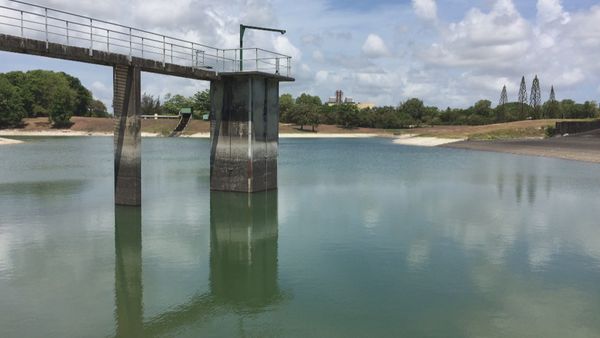
–
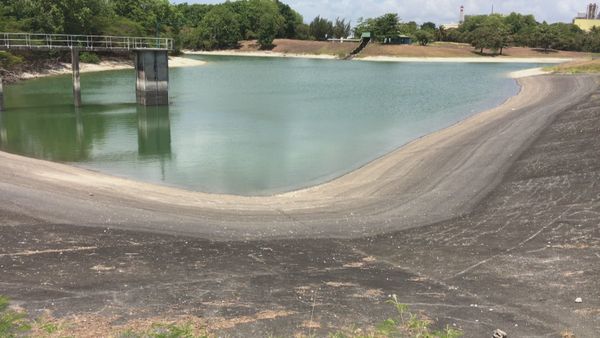

–
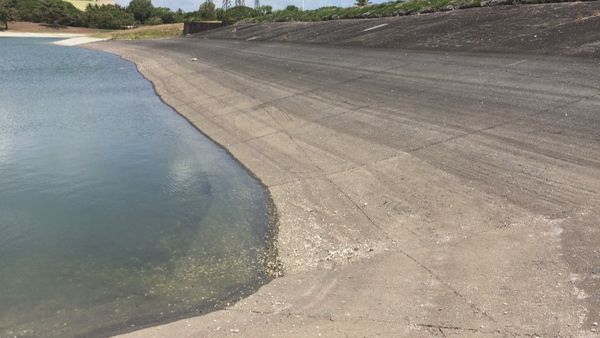

–
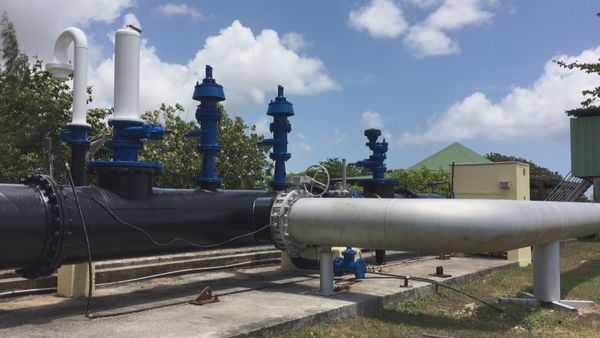

–
–

